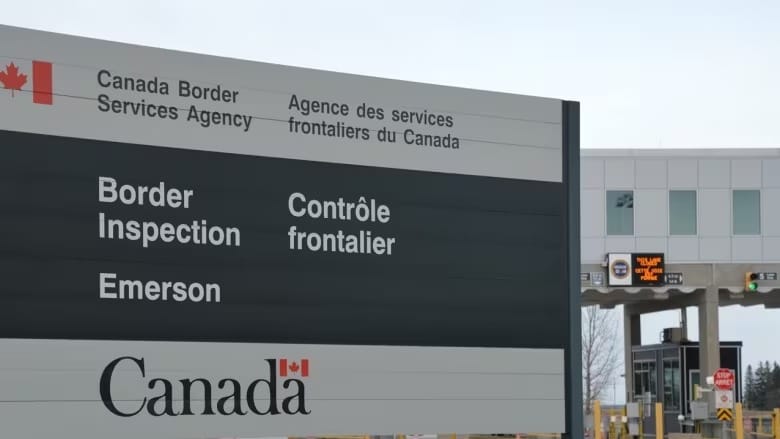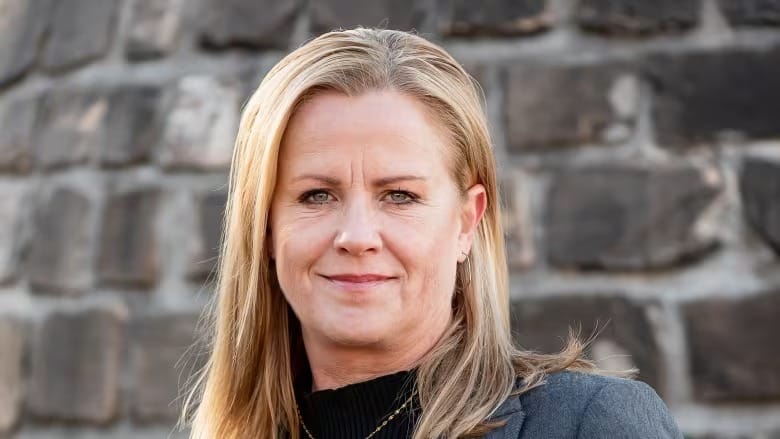Manitoba NDP puts rail relocation in Winnipeg back on track, appointing Lloyd Axworthy to lead new study
Province spending $200K to 'start the work' of having Axworthy study the topic: Premier

The Manitoba government is revisiting the idea of relocating railway yards in Winnipeg, appointing Lloyd Axworthy and providing $200,000 to conduct a feasibility study.
Discussions about moving rail lines outside the city have recurred since the 1960s, with particular focus on the 465-hectare rail yard operated by Canadian Pacific Kansas City (CPKC) in central Winnipeg. This yard, established in 1881, has long divided the city, creating a physical barrier between the north and south.
Premier Wab Kinew emphasized the significance of the project during a news conference on Tuesday near the CPKC yard. "The tracks dividing the North End from downtown have always sparked discussion, but rail yards in St. Boniface, Transcona, and spur lines connected to key infrastructure are also part of this study," Kinew said.
Axworthy’s study will take a comprehensive look at the economic, social, and infrastructure impacts of rail in the city. The $200,000 allocated will kick-start the study, expected to take two years and include interim reports before a final set of recommendations is issued.
Axworthy, a former Liberal federal cabinet minister and ex-president of the University of Winnipeg, said it was an exciting opportunity to reimagine Winnipeg’s future. He highlighted both the historical importance of railways and the current safety concerns around urban derailments. “We need to examine the risks while recognizing growing demands for space, housing, and new ways of life in the inner city,” Axworthy added.
He drew on past experience, recalling his role in relocating the Canadian National Railway yards in the 1980s, transforming that area into The Forks, now a key Winnipeg destination. "This shows what can be achieved with imagination, creativity, and government courage," Axworthy said.
While Winnipeg Mayor Scott Gillingham was unavailable for the event due to meetings about hiring a new police chief, he expressed support through a statement. “Studying rail relocation was a campaign promise of mine, and I’m glad it’s moving forward,” he wrote, emphasizing the need for solid data on costs, funding, and the impact on jobs and infrastructure. He also mentioned the city’s interest in smaller-scale actions, such as repurposing abandoned rail lines for housing and transportation.
Kathleen BlueSky, CEO of Treaty One Nation, called the potential relocation an opportunity for land reclamation, pointing to the vast development possibilities within city limits. Similarly, Kate Kehler, head of the Social Planning Council of Winnipeg, noted that 240 rail crossings hinder urban growth. “With 75% of Winnipeggers living within 800 meters of a rail line, this is a health, safety, environmental, and land-use issue,” Kehler said.
She stressed that previous relocation discussions had stalled due to cost concerns, but the feasibility study offers a chance to determine the true financial and practical benefits. "Now we’ll finally get clarity on the dollar figures and cost-benefit analysis," Kehler concluded.





